The Food Flavour Enhancer Market is currently characterized by a dynamic competitive landscape, driven by innovation, sustainability, and strategic partnerships. Key players such as Givaudan (CH), International Flavors & Fragrances (US), and Kerry Group (IE) are at the forefront, each adopting distinct strategies to enhance their market positioning. Givaudan (CH) focuses on innovation through extensive research and development, aiming to create unique flavor profiles that cater to evolving consumer preferences. Meanwhile, International Flavors & Fragrances (US) emphasizes sustainability, integrating eco-friendly practices into its operations, which resonates well with environmentally conscious consumers. Kerry Group (IE) is actively pursuing regional expansion, particularly in emerging markets, to capitalize on the growing demand for flavor enhancers in diverse culinary applications.
The business tactics employed by these companies reflect a concerted effort to optimize supply chains and localize manufacturing. The market structure appears moderately fragmented, with a mix of large multinational corporations and smaller niche players. This fragmentation allows for a variety of flavor solutions, yet the collective influence of major players like Givaudan (CH) and Kerry Group (IE) shapes competitive dynamics significantly, as they set industry standards and trends.
In August 2025, Givaudan (CH) announced a strategic partnership with a leading plant-based food manufacturer to develop innovative flavor solutions tailored for the growing vegan market. This collaboration is likely to enhance Givaudan's portfolio, positioning it as a leader in plant-based flavor enhancers, which is increasingly relevant as consumer preferences shift towards healthier and more sustainable options.
In September 2025, International Flavors & Fragrances (US) launched a new line of natural flavor enhancers derived from sustainable sources, reinforcing its commitment to environmental stewardship. This initiative not only aligns with global sustainability trends but also strengthens the company's competitive edge by appealing to a demographic that prioritizes clean label products.
In July 2025, Kerry Group (IE) expanded its manufacturing capabilities in Asia, aiming to meet the rising demand for flavor enhancers in the region. This strategic move is indicative of Kerry's focus on regional growth and its intent to leverage local Industry expert's to tailor its offerings, thereby enhancing its competitive positioning in a rapidly evolving market.
As of October 2025, the Food Flavour Enhancer Market is witnessing trends such as digitalization and AI integration, which are reshaping competitive strategies. Companies are increasingly leveraging technology to enhance product development and streamline operations. Strategic alliances are becoming more prevalent, as firms recognize the value of collaboration in driving innovation. Looking ahead, competitive differentiation is likely to evolve from traditional price-based competition to a focus on innovation, technological advancements, and supply chain reliability, as companies strive to meet the diverse and changing needs of consumers.


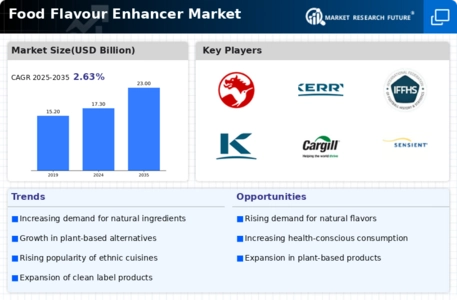
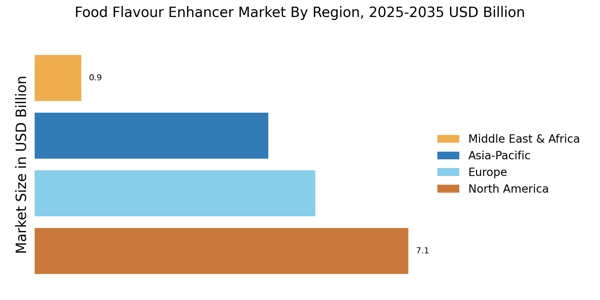
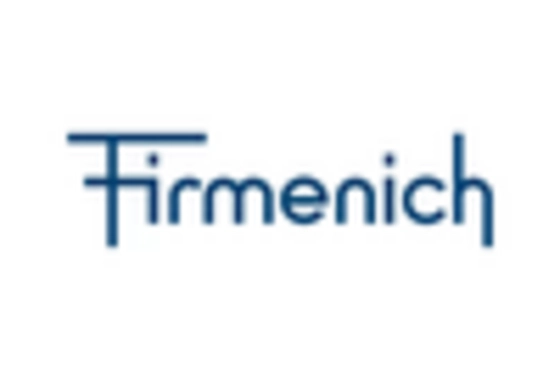

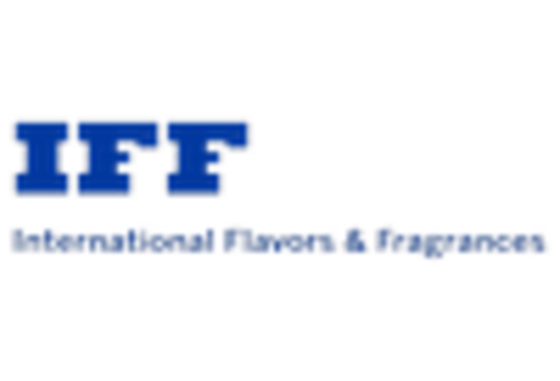
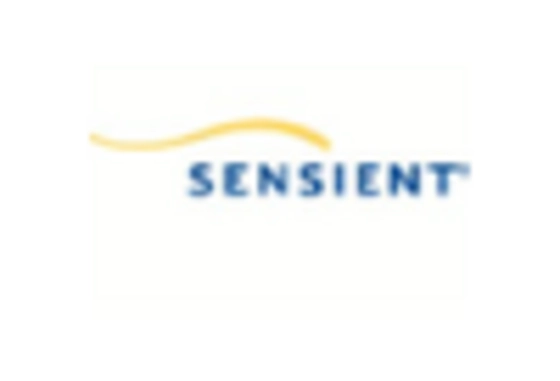
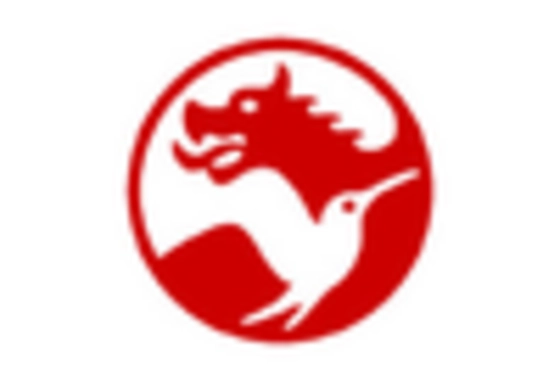









Leave a Comment